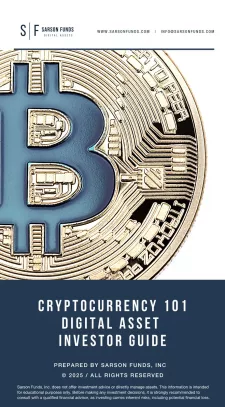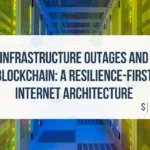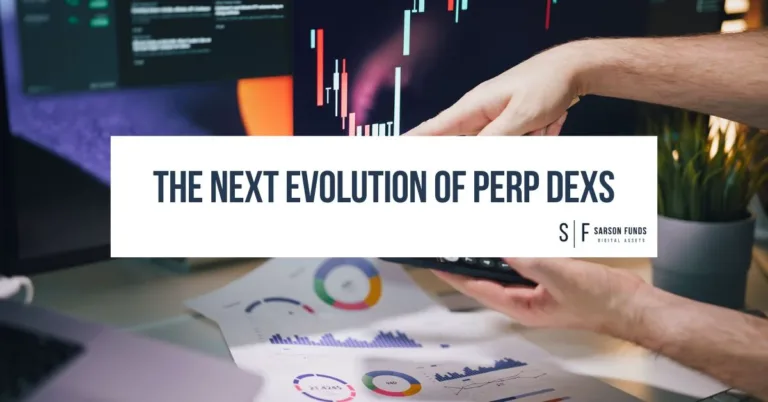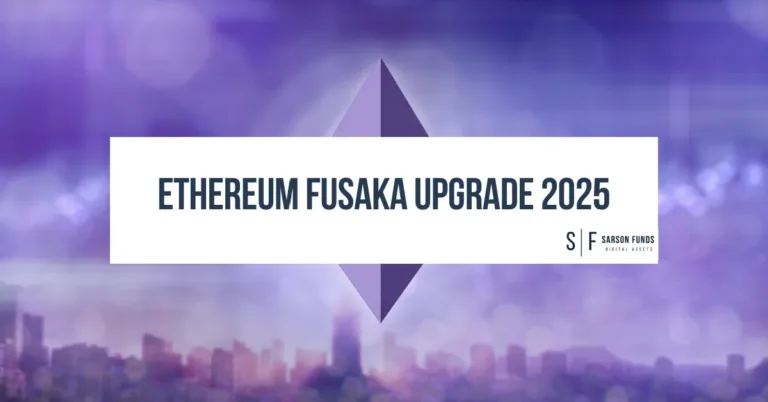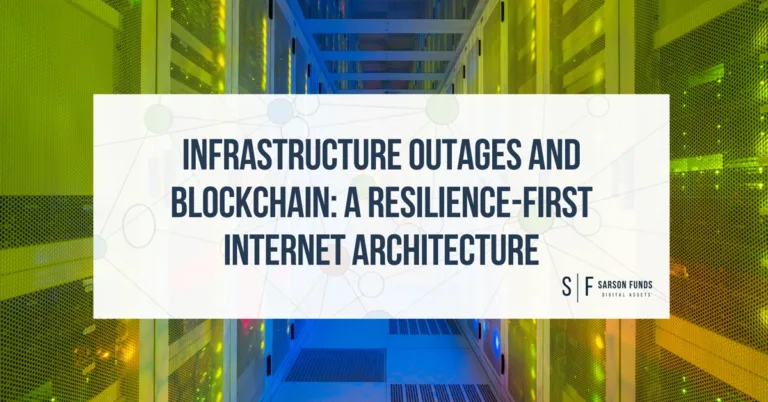
Crypto markets continue to face pressure, with prices sliding and sentiment shaken. Despite the current downturn, there is a growing case that what lies ahead is not just another speculative rally, but the early stages of a structural supercycle in digital assets.
On November 6, 2025, Sarson Funds CEO John Sarson delivered a keynote at the Blockchain Futurist Conference in Miami outlining this very perspective. The talk explored how long-term market fundamentals, institutional participation, and capital flow dynamics are reshaping the future of crypto. For those who missed it, the video is available online. The article below offers a brief summary and context around the forces discussed.
Understanding the Supercycle
The term “supercycle” refers to a market expansion phase driven not by hype or retail speculation, but by long-term structural change. In the case of crypto, that change is being led by institutional capital, regulatory progress, and the development of robust financial infrastructure.
These forces are combining to create a deeper and more durable foundation for digital assets. While short-term volatility remains, the broader trajectory is shaped by players with long-term commitments, including global asset managers, banks, and corporate treasury departments.
Institutions Reshaping Market Structure
One of the most visible shifts in 2025 has been the mainstreaming of digital assets among traditional financial institutions. Firms like BlackRock, JPMorgan Chase, and Morgan Stanley are now actively allocating to or offering exposure to crypto through managed portfolios, custody solutions, and tokenized financial products.
More than half of hedge funds surveyed this year reported active crypto exposure, according to Crypto Valley Journal. Analysts at TradersPost also describe 2025 as a breakthrough year for institutional participation. This level of involvement adds liquidity, encourages regulation, and increases the credibility of blockchain-based markets.
Macro Tailwinds and Short-Term Friction
Several macroeconomic developments continue to support the case for crypto. Rate cuts are expected in both the United States and Europe, monetary policy remains accommodative, and concerns about long-term currency devaluation persist. These trends position digital assets, especially Bitcoin, as a potential hedge and strategic portfolio component.
At the same time, short-term friction is undeniable. Ongoing geopolitical instability, fears around AI-induced labor disruption, and tariff tensions have triggered a broader liquidity pullback. As The Block recently reported, crypto markets are experiencing a “full-scale liquidity vacuum” driven by macro risk. While these pressures may delay near-term recovery, they do not appear strong enough to reverse the structural growth thesis.
Treasury Flows and Capital Reentry
A less visible, but potentially powerful dynamic involves capital flow within the crypto ecosystem. Over the past two years, an estimated $30 billion has shifted from hedge funds into digital asset treasury vehicles. Much of this capital is approaching the end of its lockup or vesting period.
If these funds begin reentering the market without requiring liquidation of underlying holdings, they could serve as a meaningful tailwind. For perspective, the 2017–2019 cycle was powered by just $9 billion in new inflows. According to Investing.com, digital asset treasury companies poured more than $42.7 billion into crypto markets in 2025. A portion of that capital rotating back into liquid assets could significantly accelerate market momentum in 2026.
Infrastructure Growth and Financial Primitives
Beyond market movement, the supercycle is being supported by real infrastructure development. Projects like World Liberty Financial are introducing tokenized systems that mirror central banking functions such as rate setting, open market operations, and lending support. These models represent an evolution in decentralized finance, where blockchain networks provide real economic services at scale.
This trend reflects broader investor interest in financial primitives that offer transparency, programmability, and global accessibility. As these tools mature, they are likely to become foundational to the next wave of adoption.
A Long-Term Opportunity
While current price action is discouraging for many investors, it does not invalidate the broader opportunity. The structural elements of the supercycle, including institutional capital, macro alignment, capital flows, and infrastructure growth, remain intact.
For those with a long-term view, the coming years may present one of the most significant entry points for digital assets since the asset class was born. Remaining informed, measured, and engaged through periods of volatility may prove more rewarding than reacting to every shift in sentiment.
Check out Sarson Funds CEO John Sarson breaking down the supercycle during his keynote speech at Blockchain Futurist Miami: John Sarson Key Note at Blockchain Futurist Miami 2025

